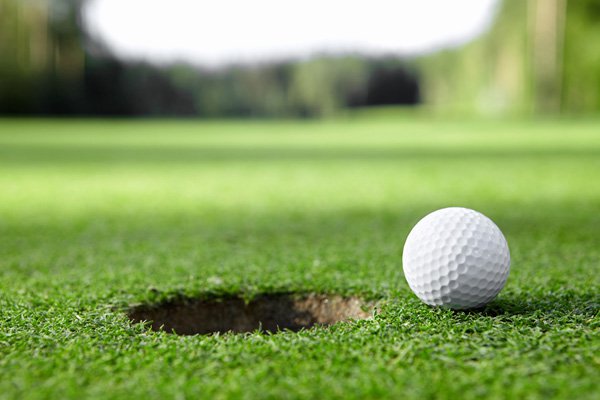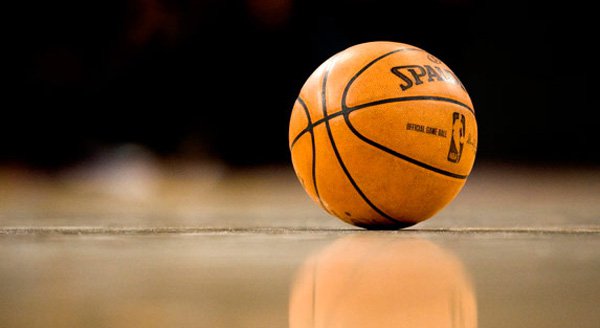Shall We Have A Starting Point For Those Who Want To Go Caorse Fishing?
Shall we have a starting point for fishing? It's always a good place to start, we will go into detail on the finer points in later articles.
You can have a multitude of equipment, I would suggest you go for the basic minimum to start with. Keen fishermen spend a fortune on equipment, but there is no need to go mad at the beginning, find out if you enjoy the sport or not first.
Indeed there are angling centres like ourselves, Newbarn Farm Cottages and Angling Centre for Devon Fishing, where you can hire the equipment, an even less expensive way to find out if fishing is for you.
Best way to start is float fishing on a calm of still water, lake or such like.
Our hire equipment consists of a rod, approximately 12 foot long, tackled up, which consists of a fixed spool reel, with 3lb breaking strain line, a float with sufficient split shot weights to make it sit straight in the water and a hook, barb less at our Angling Centre to protect the fish and why not? make it a bit harder for you, plus a rod rest, landing net and unhooking mat.
You will also need bait for the hook and ground bait, these are an epic journey in themselves and we will cover them more fully in a later article.
You will probably lose a hook at sometime, so here is a simple hook knot, very effective, universally used, there are thousands of knots, as you get more experienced try them out, but this one will do to start with.
Thread the line through the hook eye, wrap it 4 or five times around itself, you can achieve this by spinning the shank of the hook around, then feed the line back through the first loop you made, make sure the line is wet, either with spit or water, to lubricate the knot as you tighten it, this is achieved by holding the end of the line in your teeth, the main length of line in your hand and pulling the against the two, if you can, at the same time, push the loop down onto the hook eye. Test the knot by holding the hook, being careful not to hook yourself, and pulling on the line to see if the hook is secure. Cut off the surplus line, fish are very suspicious of something that looks odd, bait presentation etc can make a major difference to your catch.
Rod rest is self explanatory, landing net to coax your fish into, once you have fought it to the bank, remember, fish weighing 30 lb (we hope!) line 3 lb breaking strain, we want the buoyancy of the fish in the water to support the 30 lb weight and gently float the fish into the landing net.
Then you leave your fish in the landing net in the water to avoid stressing the fish, take your unhooking mat and wet it in the water, lift your fish onto the unhooking mat in the landing net and you can easily unhook the fish without stressing it any more than necessary.
Remember, we are fishing for sport and the welfare of the fish must be one of our major concerns, we want that fish to grow and grow, so that we can have the sport to catch it again.
Now, you can buy all that equipment from your local tackle shop. Most tackle shops are manned and even womanned by keen anglers, there is nothing an angler likes to talk about more than angling. Something the keen angler does like even more is helping someone new to the sport, so don't be afraid to ask.
The tackle shop can also tell you where you can fish locally and the rules and regulations regarding the fishing season and the rod license. We will try to list these later to assist all those new to the sport.
If your buying a rod, there are hundreds, many different styles and types, don't get too bogged down with these at the moment. A 12 - 13 foot rod which is flexible at the tip and suits your budget is all you need to start. There are hundreds of people who are starting to fish in any one month, so you can easily sell your rod on, at a slight loss, if you find something else you prefer, some good tackle shops will take them part exchange.
The standard float or match rod is normally made up of three parts, the longer the rod the easier it is to cast a float further out into the water, but remember fish hide in reeds etc, there is no reason to believe that you need to get into the middle of the water.
A standard rod will normally have 12 rod rings along its length, the support of 12 rings will aid the line movement along the rod when casting.
Reels, blimey, we will get onto these in depth later, there are hundreds, start off with a fixed spool reel. Study your first reel and all the working parts, so you know what to do with it, this will allow you avoid panicking if you get a fish on the line and calmly use your equipment correctly.
The reel should be capable of holding at least 100 metres of 3lb breaking strain line. Most reels are interchangeable for Left or Right handed use, but double check if you are a lefty to make sure it is suitable for you.
Study your reel and get used to how it works, fixed spool meaning the reel doesn't rotate, the line is drawn on and off by the rotating bail arm, normally with an integral clutch adjuster which allow you to adjust the strain you put on the line and a reversing switch. It needs to be able to hold at least 100M of 3 lb line.
No description can adequately explain the intricacies of the reel, tackle up your rod, go out in the back garden and see what you have got to do to get the float to land where you want it to.
The advantage of having your own equipment is that you can be comfortable with the way it operates, hire equipment is convenient, but may take you a while to acclimatize yourself with it.
Another advantage of fishing in your back garden is that you can get an idea of how the line behaves. 3lb breaking strain line is light and easy to cast and strong enough to catch big fish, but don't forget it is easily affected by wind.
Rule of thumb for hooks is that fishing for bigger fish requires bigger hooks, that wasn't rocket science was it? However it is also a lot to do with bait size, you don't want to use a large hook with a small bait or a small hook with a 30mm Boillie start off with 16 and 18 hook sizes.
The float is weighted to stand upright in the water and you can pick the depth you wish to have the hook above the bottom, this is achieved by fitting a heavy split shot to line above the hook, keep moving the float down towards the hook, 100mm / 4" at a time, until the float stands upright, you then know that the hook is just above the bottom. This weight is called a plummet.
The split shots used in the UK are no longer lead for environmental reasons, but are manufactured from Tungsten alloys, being less harmful to wildlife.
Spoding, What A Lovely Word
Dont Dismiss The Much Maligned Elusive Roach


